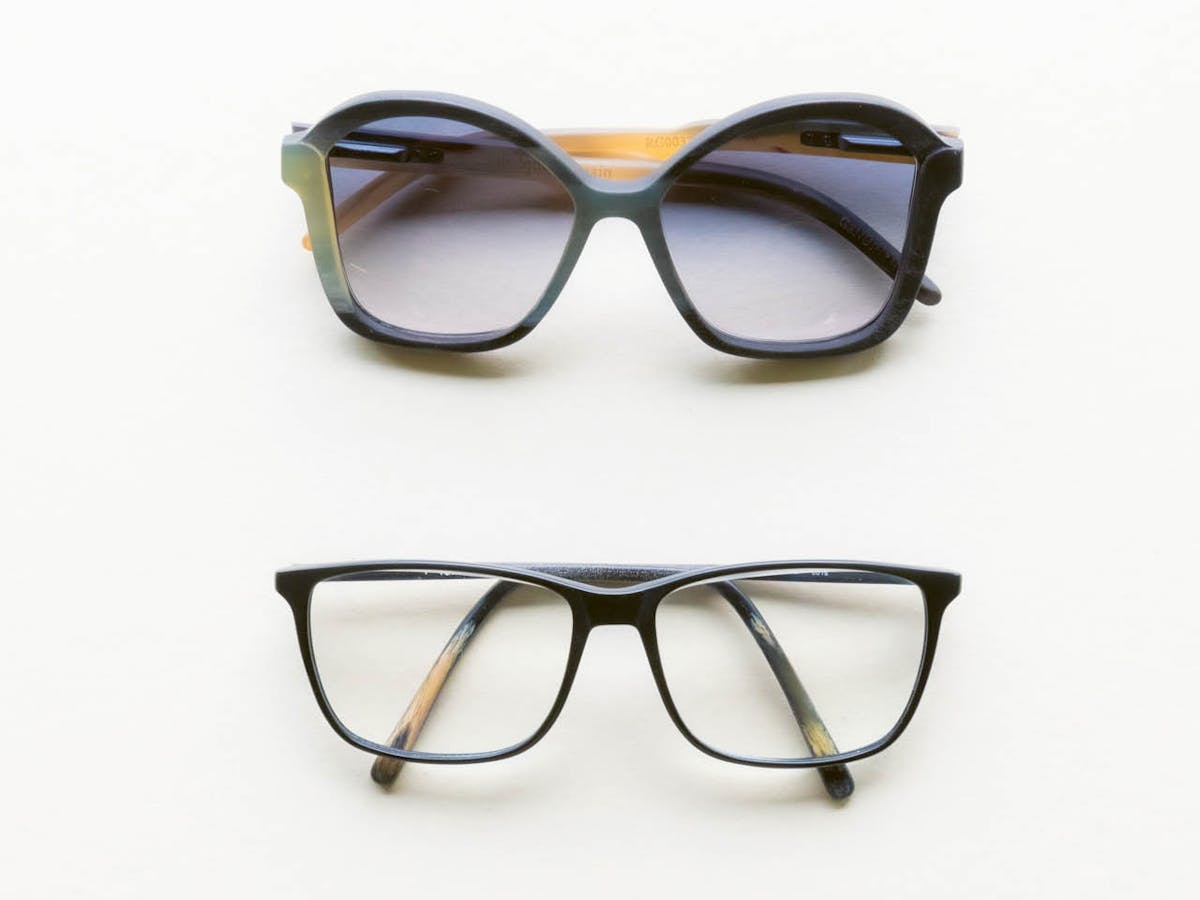
Glasses are part of A. T.'s everyday life. They are both an aid and a fashion accessory.
 Inhalt
Inhalt Coping with an eye disorder
Coping with an eye disorder Glasses for every occasion
Glasses for every occasion Strong support network
Strong support networkPublished on 01/06/2020
At first glance, it doesn’t seem as if A. T.* has gone through a lot in life. Her disposition is so sunny, and she seems so friendly and helpful that it’s hard to believe she has many worries.
But the Zurich resident, who, along with her three siblings – one brother and two sisters – grew up in the town of Weiningen in the Limmat Valley in the 1960s, has experienced some misfortunes in her life.
Around the turn of the millennium, she was involved in a motorcycle accident that left her seriously injured. A short time later, she was diagnosed with breast cancer and underwent a very difficult period of chemotherapy.
Then in 2012, she found out that she was suffering from the dry form of age-related macular degeneration, a common eye disorder in which the center of the field of vision gradually deteriorates, which patients experience as blurred vision. Her condition worsened over time and she subsequently developed wet macular degeneration, in which the photoreceptors in the area around the yellow spot known as the macula, begin to die off at an even faster rate.
“At first, it was a shock when I found out that I had an eye disease,” recalls A. T., thinking back to the time she first learned in 2012 that she was suffering from the dry form of age-related macular degeneration. “Initially, it was almost worse than when I found out about my cancer diagnosis. I was scared because I didn’t know what to expect, and because I was afraid that the disease might quickly lead to blindness. I simply wasn’t prepared for that.”
“But it turned out to be a blessing in disguise,” she says today. Her disease was detected early. Because of the cheekbone fracture she had suffered in her motorcycle accident, her doctor examined her eyes regularly as there was a risk that her retina could detach itself as a result of her facial injury.
The early diagnosis was important because it allowed her to gain confidence and adapt her lifestyle.












